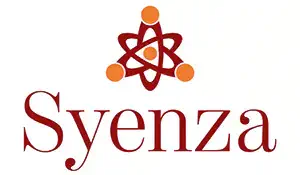The article from the World Health Organization (WHO) titled “WHO adds an HPV vaccine for single-dose use” highlights important advancements in the global initiative to combat cervical cancer through HPV vaccination, specifically through the introduction of a new single-dose HPV vaccine (SD-HPV Vac). This milestone aims to transform how girls are vaccinated against cervical cancer, particularly in regions with limited access to healthcare. Here are the key points:
New Single-Dose HPV Vaccine
The WHO has prequalified a fourth HPV vaccine product, Cecolin®, for use in a single-dose schedule. This decision is based on new data that meets the criteria set out in the WHO’s 2022 recommendations for alternative, off-label use of HPV vaccines in single-dose schedules.
Impact on Supply and Accessibility
The addition of this HPV vaccine will help address the ongoing global supply challenges for HPV vaccines, which have been hampered by shortages since 2018. This will enable more girls to be vaccinated against cervical cancer, particularly in low- and middle-income countries.
Global Strategy for Cervical Cancer Elimination
The WHO aims to have 90% of girls fully vaccinated with the HPV vaccine by the age of 15 as part of its global strategy for cervical cancer elimination. The single-dose HPV vaccine is expected to facilitate achieving this target.
Public Health Benefits
Cervical cancer is a preventable disease, with over 95% of the 660,000 annual cases globally caused by HPV. Every two minutes, a woman dies from cervical cancer, with 90% of these deaths occurring in low- and middle-income countries. The new SD-HPV Vac will help reduce these alarming statistics.
Funding and Commitments
There has been significant funding committed towards the elimination of cervical cancer. This includes nearly US$ 600 million from various partners, such as the Bill & Melinda Gates Foundation (US$ 180 million), UNICEF (US$ 10 million), and the World Bank (US$ 400 million).
Implementation and Coverage
As of September 10, 2024, 57 countries are implementing the HPV vaccine schedule, up from 37 countries in 2023. The adoption of the SD-HPV Vac schedule has resulted in at least 6 million additional girls being reached with HPV vaccines in 2023.
Technical and Regulatory Aspects
The single-dose use indication for Cecolin® is included in the second edition of WHO’s technical document on considerations for HPV vaccine product choice. Public health advisory bodies can recommend “off-label” use of vaccines when supported by data and clear public health benefits, until manufacturers update their labels.
Overall, the introduction of the SD-HPV Vac marks a significant step forward in the global effort to eliminate cervical cancer, enhancing vaccine accessibility and addressing supply challenges effectively.





